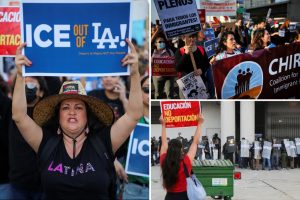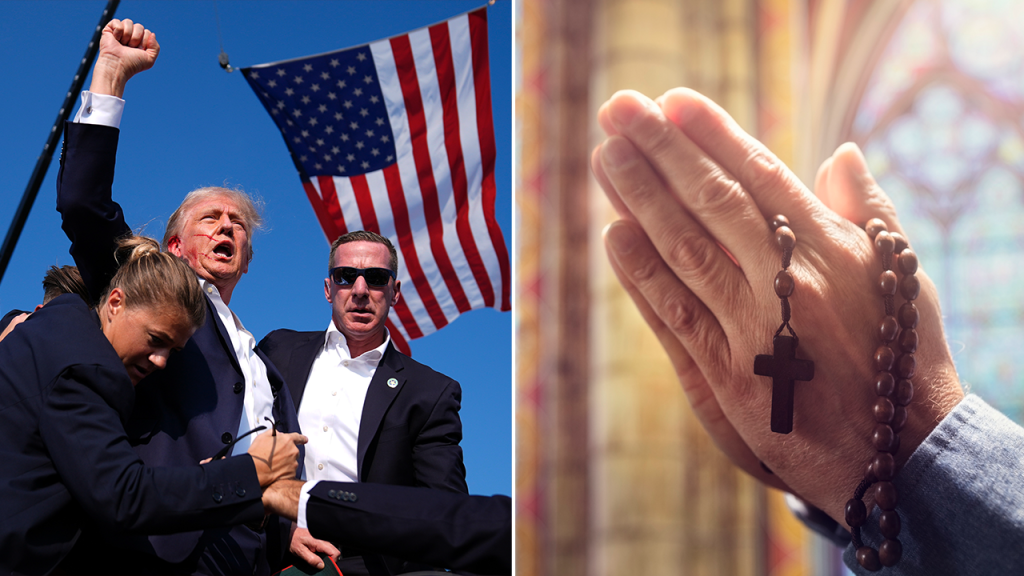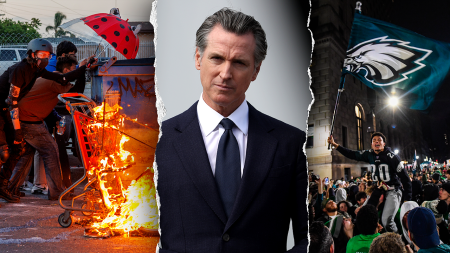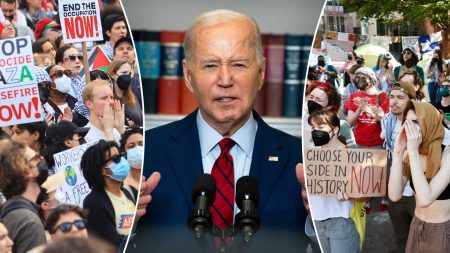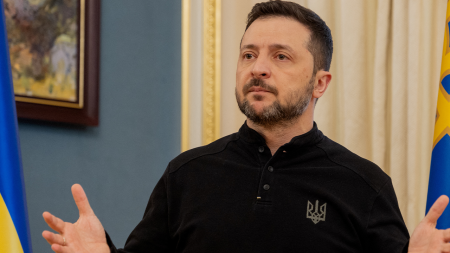The dawn of a second Trump administration casts a long shadow of cautious optimism across the American religious landscape. Christian, Jewish, and Muslim leaders, while acknowledging the potential for positive change, express a tempered hope, recognizing the need for President-elect Trump to demonstrate a commitment to their respective communities’ concerns. This cautious approach stems from the diverse experiences and anxieties within each faith group, ranging from enthusiastic anticipation to deep-seated apprehension about the future. The overarching sentiment, however, appears to be one of watchful waiting, eager to see how the new administration will address their priorities and anxieties.
Within the Jewish community, the spectrum of opinion ranges from optimistic anticipation to profound concern. Some express hope for policies that strengthen religious freedom and combat antisemitism, while others harbor fears based on past rhetoric and actions. Rabbi Jo David highlights this duality, noting the coexistence of positivity and anxiety within the Jewish community. The key issues for many Jewish leaders include addressing the rise of antisemitism, particularly on social media and college campuses, and combating the spread of anti-Israel narratives. They also hope for a more robust approach to the Israeli-Palestinian conflict, including a continuation of the Abraham Accords and a firmer stance against Iran.
The Muslim community echoes this cautious optimism, hoping for a departure from some of the more controversial policies of the previous Trump administration. Haris Tarin of the Muslim Public Affairs Council articulates a desire for the protection of civil rights and liberties for all Americans, including Muslims. The rescinding of the 2020 travel ban, often perceived as targeting Muslim-majority countries, is a key priority. Furthermore, the Muslim community seeks an end to the Middle East conflicts, particularly in Gaza, and hopes for the adoption of policies that combat Islamophobia, building upon existing strategies.
Christian leaders, particularly Evangelicals, express a more pronounced sense of optimism, viewing the incoming administration as an opportunity to advance their priorities on issues such as religious freedom and the protection of life. Pastor Lorenzo Sewell suggests that Trump has the potential to be a historically great president if he focuses on “righteously regulating” resources. Samuel Rodriguez, a prominent Evangelical leader, anticipates a renewed emphasis on religious freedom and the empowerment of faith-based organizations to address societal needs. He envisions an administration that values the contributions of people of faith, not merely tolerating them, but recognizing them as a cornerstone of American society.
This cautious optimism reflects a complex interplay of hope and apprehension across the religious spectrum. While some perceive the incoming administration as a potential champion of their values and concerns, others remain wary, seeking concrete evidence of a commitment to their communities’ well-being. The common thread, however, is a desire for policies that promote religious freedom, protect vulnerable populations, and foster peace and understanding both domestically and internationally. The true test of the new administration will lie in its ability to address these diverse concerns and build bridges across the divides within and between faith communities.
The incoming administration faces a significant challenge in navigating these complex and often conflicting expectations. It must demonstrate a genuine commitment to inclusivity and respect for all faiths, while simultaneously addressing the specific concerns of each community. This requires not only policy changes, but also a shift in rhetoric and engagement, fostering a climate of dialogue and understanding. The ability of the administration to bridge these divides will be crucial in determining its legacy and its impact on the religious landscape of the nation. The cautious optimism expressed by faith leaders reflects a hopeful, yet watchful, anticipation of the path the administration will choose to take.


